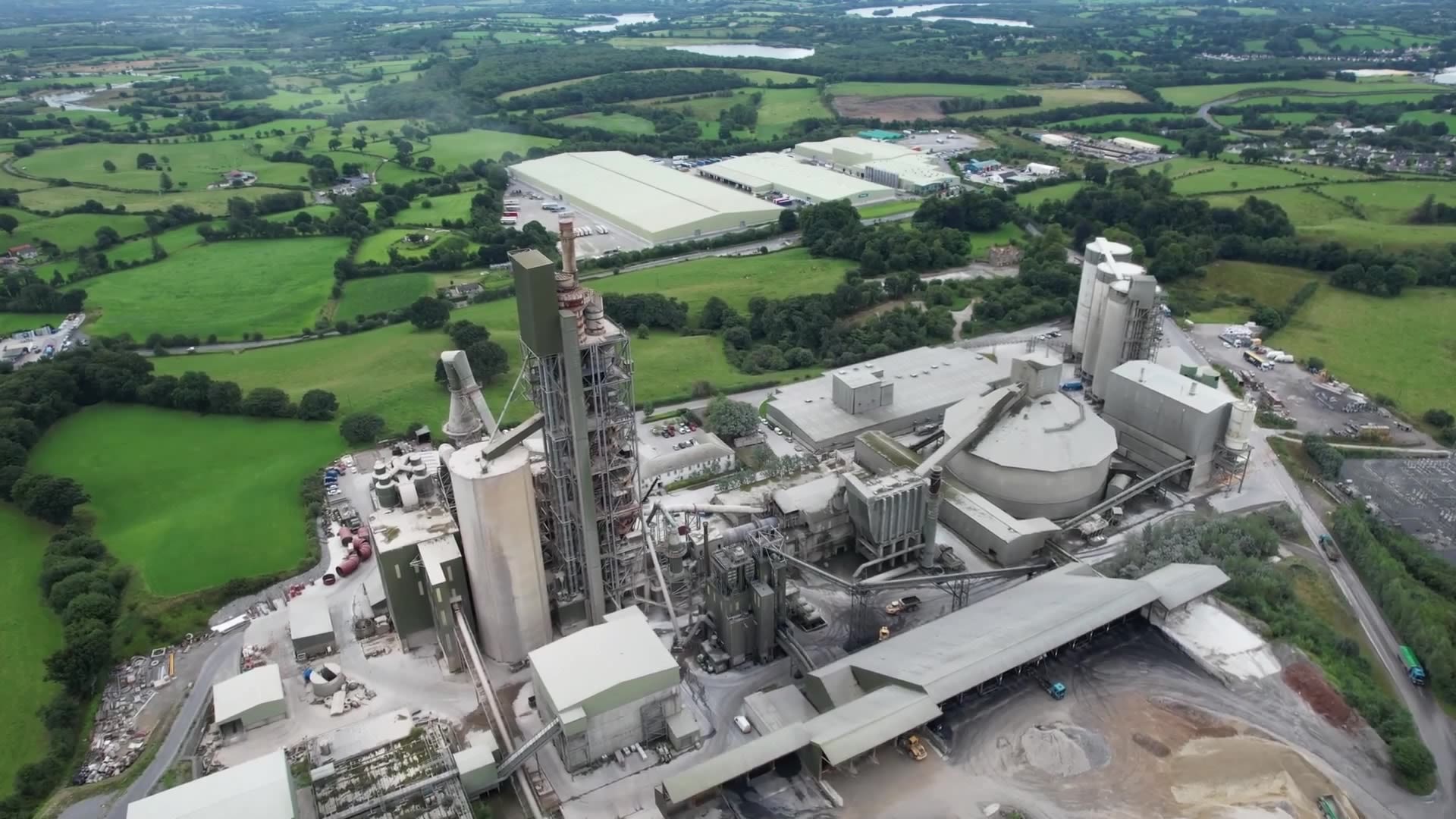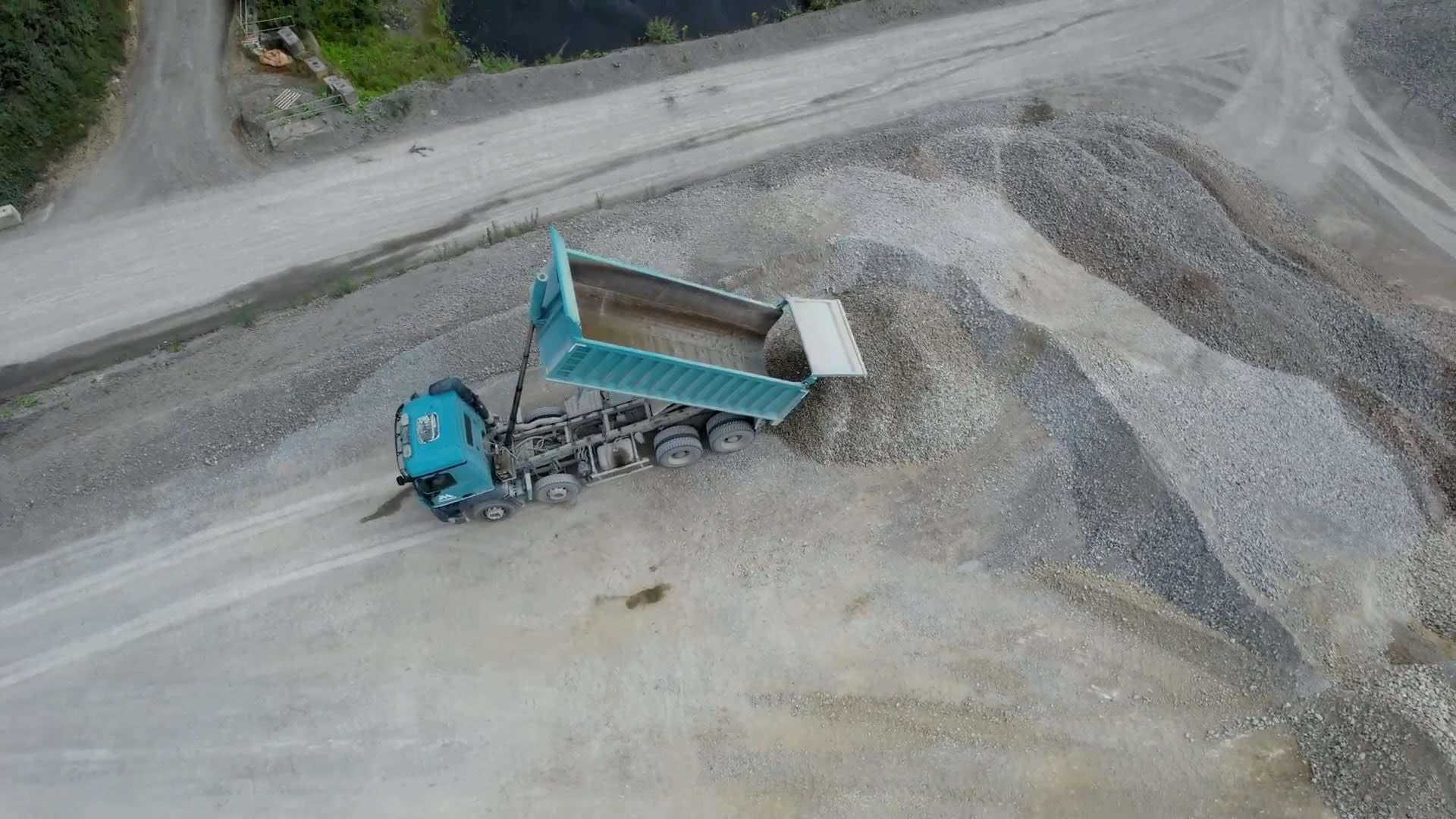Feasibility of Producing Artificial Pozzolana


With funding from the Transforming Foundation Industries Challenge, the project team conducted extensive research into historical records of clay and shale excavations to identify suitable sites within the local area. Samples were then extracted for mineral analysis, followed by the production of trial cement blends.
“Many of the clay deposits proved unsuitable or challenging, either due to material inconsistency or high overburden levels, but we did find a number of areas with potential, including a promising site at Tamnamore, near Lough Neagh,” explains Lunney. “We also identified some shale deposits that contain reactive clays. Although these need more processing and higher calcination temperatures, they are easier to access and closer to the factory.”
In trials, the project found it was possible to manufacture a usable SCM that, when blended with Portland cement, could reduce its CO2 intensity without loss of performance. “We confirmed that we could get to 22.5% substitution of clinker and still meet the necessary strengths to comply with applicable standards. This would represent around 10.5% CO2 reduction (83kg CO2e/ton) in our overall cement produced if the project were implemented,” says Lunney.

“If Mannok were to establish the first calcine clay processing facilities on the island of Ireland, it would offer not only the production of lower carbon cement but also the opportunity for industry to share the knowledge, taking us a step closer to sustainable construction.”

When considering the commercial viability of processing the product at Mannok’s Derrylin plant, the team concluded that although some of the equipment, particularly the kiln, is beyond repurposing, the plant is ideally suited to placing a new, energy-efficient Flash Calciner. “This would potentially be able to operate on renewables and would also mean we could utilise significant elements of the material handling equipment currently mothballed at the site,” says Lunney.
A market assessment as part of the project demonstrated that industry demand for these alternative SCMs is strong, particularly with increasing pressure to achieve lower carbon construction. Lunney adds: “There is so much interest in this area. If Mannok were to establish the first calcine clay processing facilities on the island of Ireland, it would offer the production of lower carbon cement and the opportunity for industry to share the knowledge, taking us a step closer to sustainable construction.”

